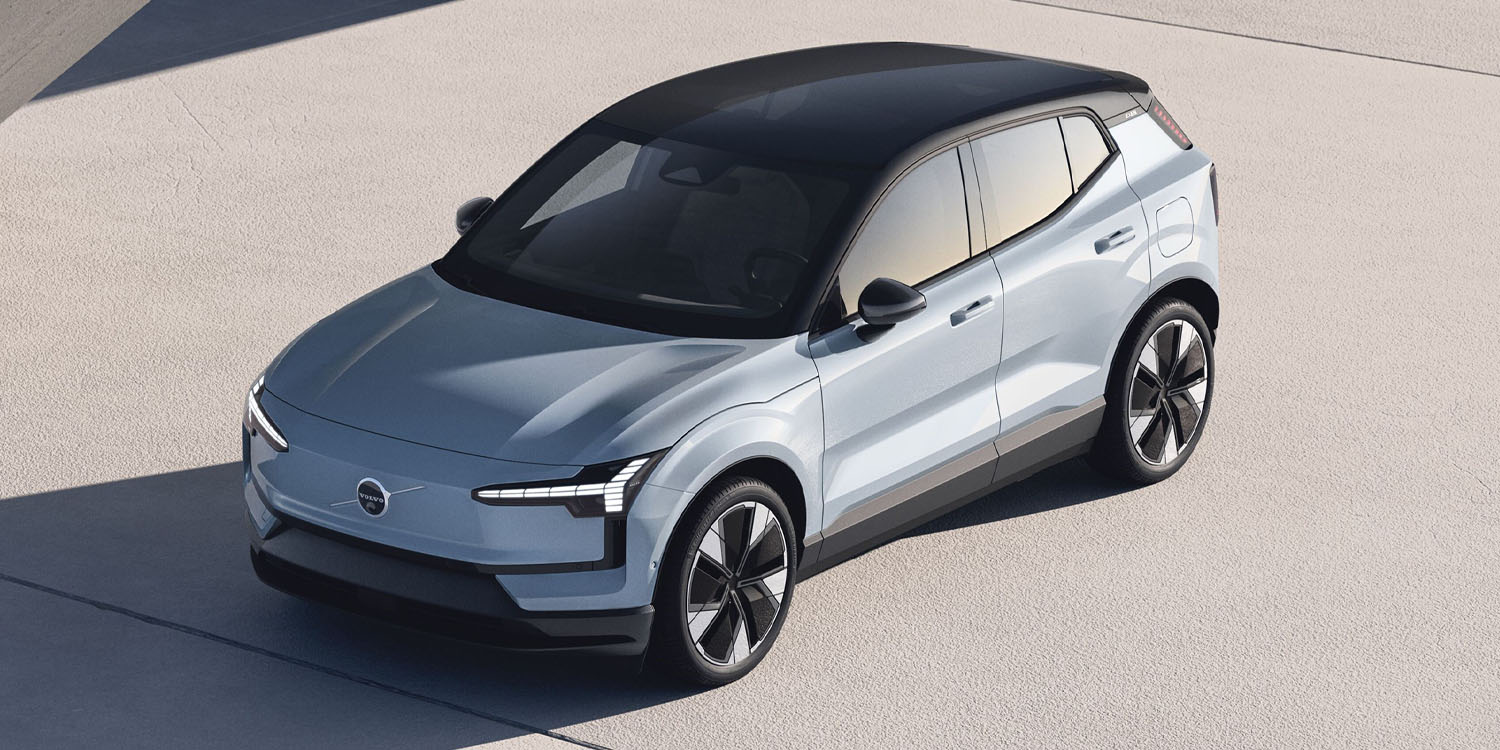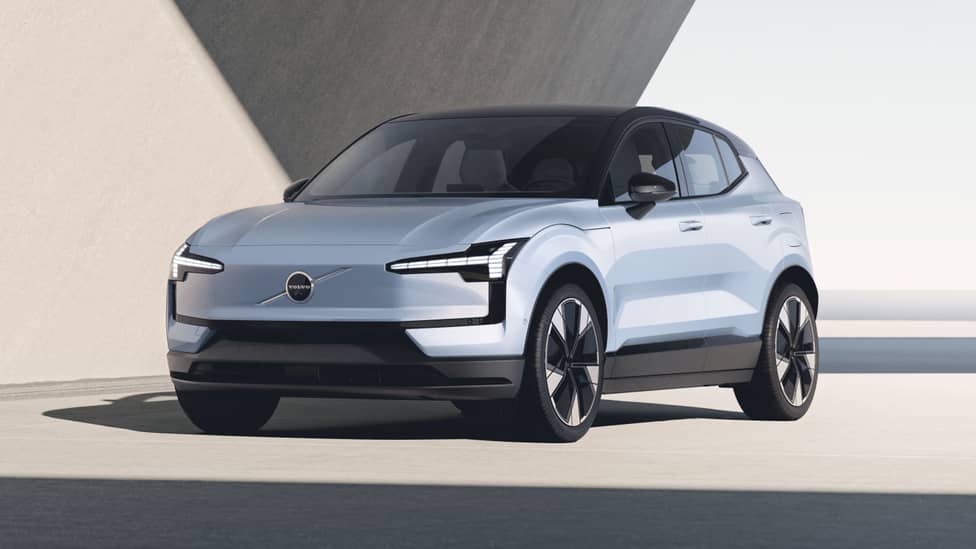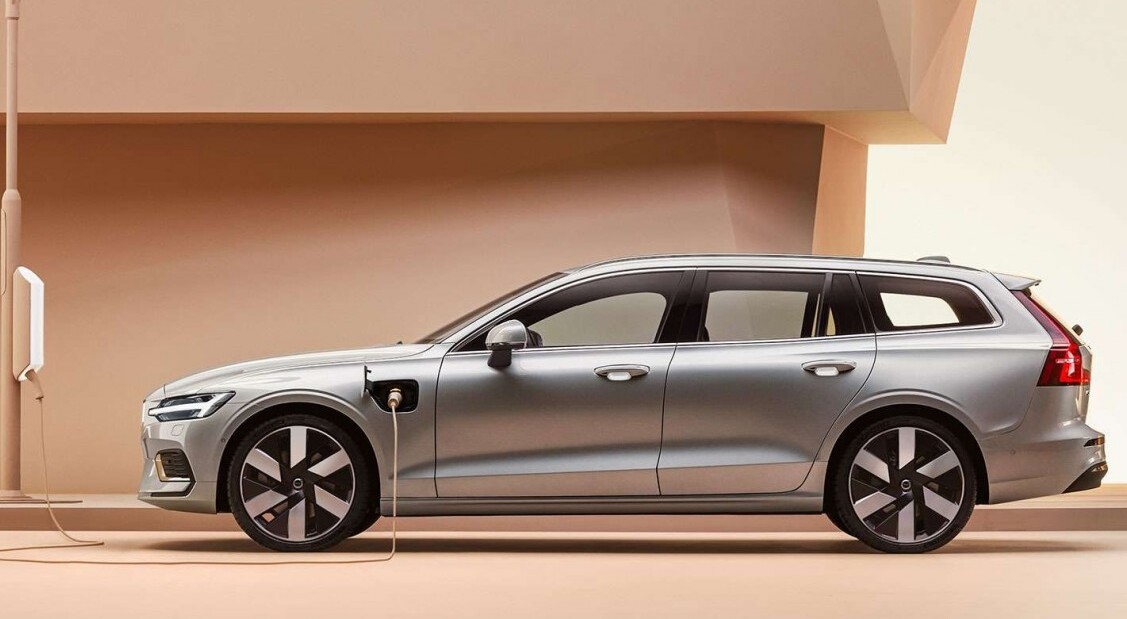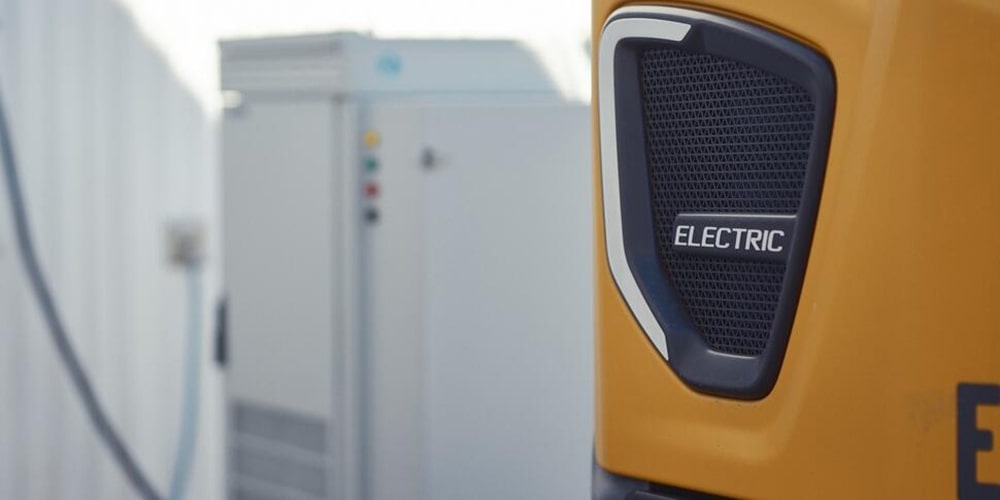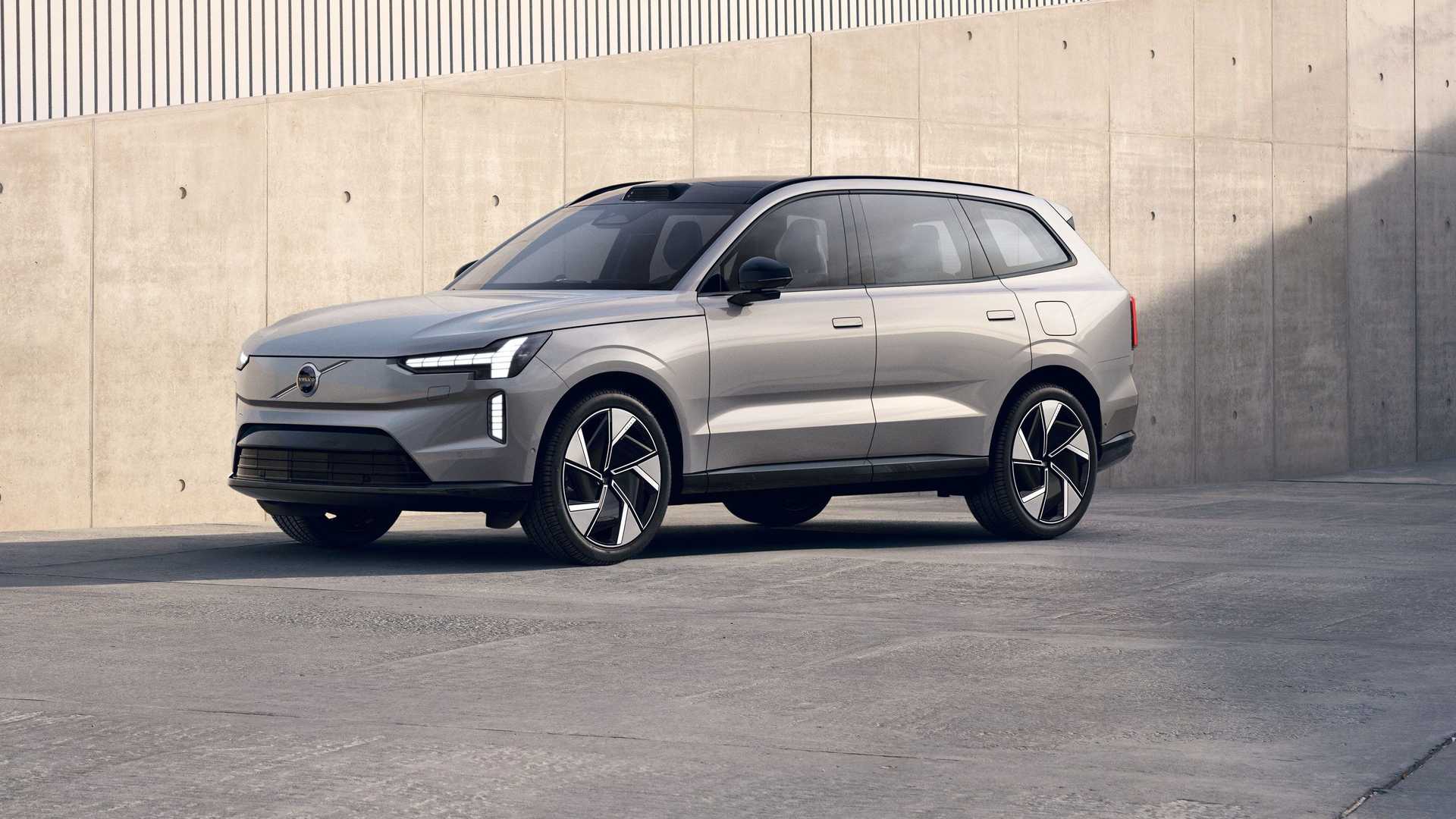Volvo Cars is set to launch the EX30, its fourth electric vehicle and the smallest one to date, with a unique strategy aimed at achieving profitability and market disruption. Despite its affordability, the EX30 is expected to yield a gross profit margin of 15 to 20 percent, making it Volvo’s most profitable model. This ambitious goal is made possible through a combination of cost reductions, platform sharing, and strategic sourcing.
Akhil Krishnan, head of Volvo’s small car programs, explained that the achievement of such a profit margin is due to the company’s overall product balancing. By leveraging cost reductions, shared platforms, and sourcing strategies, Volvo has managed to optimize the production process and drive down costs. This approach allows them to offer the EX30 at an attractive starting MSRP of $36,415 (including shipping) in the US, making it Volvo’s most affordable model.
One of the key factors contributing to the EX30’s competitive pricing is its use of Geely’s Sustainable Experience Architecture (SEA) platform, which is designed for small and compact electric vehicles. By sharing the platform with other Geely-owned brands like Smart #1, Zeekr X, and Smart #3, Volvo benefits from economies of scale and cost-sharing, enabling the company to pass on the savings to customers.
Volvo expects the EX30 to significantly enhance its operating profit margin, targeting 8 to 10 percent by the middle of the decade, compared to the current 6 percent. Björn Annwall, Volvo’s Chief Commercial Officer, emphasized that the company anticipates better profit margins on the EX30 compared to its existing electric models, the XC40 BEV and the C40. The XC40 and C40 Recharge EVs achieved 7 percent profitability in the first quarter, underscoring the EX30’s potential for greater success.
Aside from platform sharing, Volvo’s cost-cutting measures extend to creative design and engineering principles. Centralization has been a core theme in the development of the EX30, according to Francesco Speciale, Volvo’s Head of Commercial. By centralizing various elements that typically contribute to higher costs in premium models, Volvo has effectively reduced expenses associated with an entry-level vehicle. Customers’ expectations for content are generally lower in this segment, further bolstering the EX30’s profitability.
Moreover, the competitive pricing of the EX30 brings Volvo closer to achieving price parity with gasoline-powered vehicles. It will undercut similarly sized gasoline-powered crossovers from luxury brands such as Mercedes-Benz, BMW, and Audi, while also challenging the higher end of the mass-market segment. This positioning aligns with Volvo’s vision to democratize electrification and make electric cars accessible to a broader market.
With its affordability, profitability, and disruptive potential, Volvo believes that the EX30 has the capacity to become its best-selling vehicle. The subcompact crossover targets a market segment that has been largely overlooked by premium automakers, positioning Volvo to capture a significant share of the market. By introducing a compelling electric option at an enticing price point, Volvo is poised to disrupt the automotive industry and accelerate the adoption of electric vehicles.

